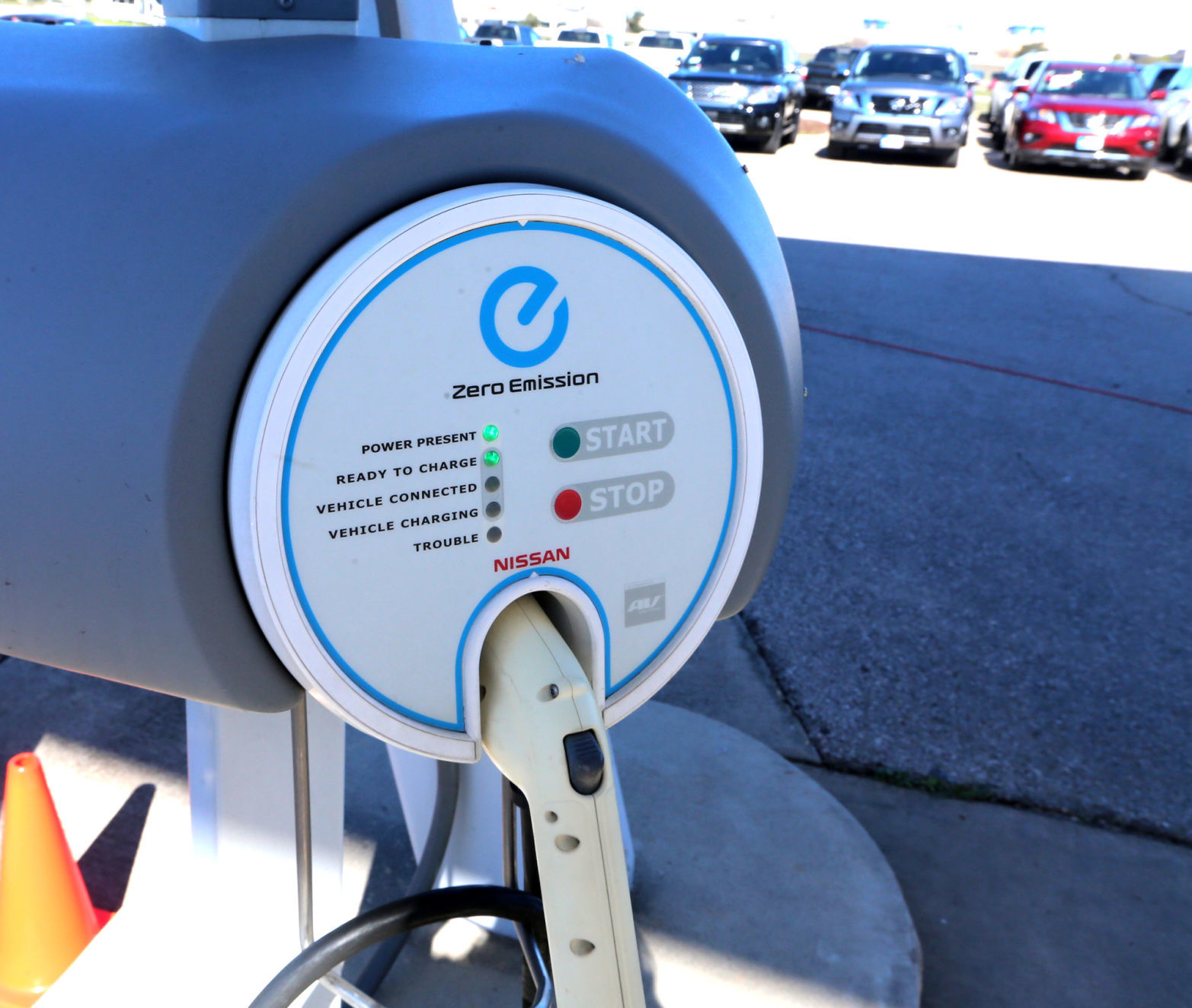

According to our model, total AFV sales are forecast to increase from around 2.1mn units in 2018 to 3.2mn units in 2020, 8.9mn units in 2025 and 25.2mn units in 2030. Lithium-ion batteries would appear to be the technology of choice for EVs for the foreseeable future, with other technologies, such as solid state batteries, lithium air, lithium sulphur, fuel cells etc., unlikely to impact the market until towards the end of the next decade.įorecasts for growth in the production and uptake of EVs range between the conservative and the wildly optimistic, but there is a market consensus that EVs will drive demand for battery materials, with a potential boom in the use of lithium-ion batteries in energy storage only adding to the potential strain on the battery materials supply chain.Īrgus has forecast the market for alternative fuel vehicles (AFVs) up to 2030, split between battery electric vehicles (BEVs) and plug-in hybrids vehicles (PHEVs). Battery technology developments are geared towards EVs, with other market sectors such as energy storage likely to benefit from these developments, as well as the reduction in battery costs from increasing economies of scale. The rechargeable battery industry is targeting the electric vehicle market (both pure EVs and hybrids) almost to the exclusion of other markets. While a number of countries have a long term target for phasing out gasoline-powered vehicles (2040 in France and the UK, for example), China is really the only country to have specific short-term targets for EV uptake and has put the regulatory and subsidy in place to achieve these aims. In spite of optimistic forecasts for electric vehicle (EV) market penetration and strong growth in Chinese EV production, the future for vehicle electrification – and by extension, demand for battery materials – is not plain sailing. Author Mark Seddon, Senior Manager (Consulting, Metals)


 0 kommentar(er)
0 kommentar(er)
